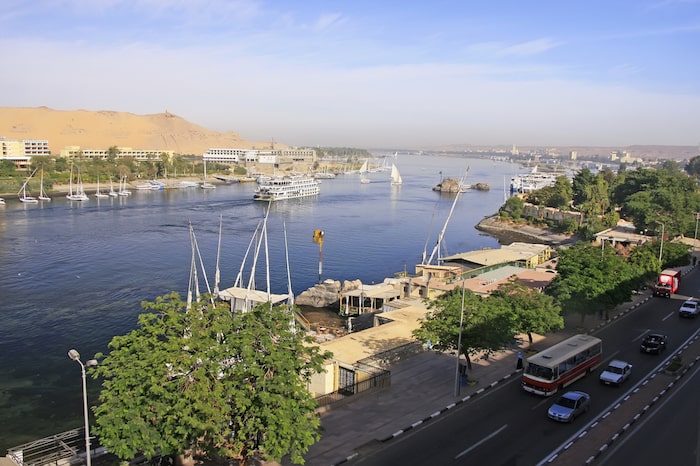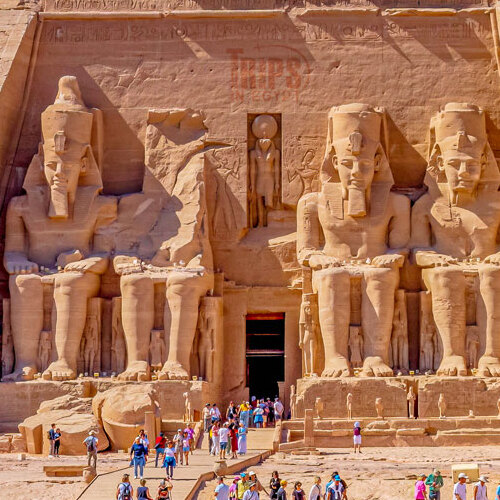The Agha Khan Mausoleum
The Agha Khan Mausoleum In Aswan
The Aga Khan Mausoleum in Aswan stands as a significant architectural and cultural landmark, commemorating the life of Sir Sultan Muhammed Shah, Aga Khan III, the 48th Imam of the Nizari Ismaili sect and a prominent Muslim leader. His deep affection for Aswan led to the establishment of this mausoleum in a city he cherished and frequently visited.

Architectural Design:
- Fatimid Style: The mausoleum’s design is inspired by Cairo’s Fatimid-era tombs, reflecting the historical and religious significance of the Fatimid Caliphate in Egypt.
- Construction Materials: It is constructed from pink limestone, while the tomb within is crafted from white Carrara marble, exemplifying a blend of strength and elegance.
Personal Significance:
- Aga Khan’s Connection to Aswan: Aga Khan III’s affinity for Aswan was profound. He spent his winter months in the city, enjoying its serene beauty and warm climate.
- Final Resting Place: Following his death in 1957, Aga Khan III was interred in the mausoleum, fulfilling his connection to the place he loved.
Cultural and Historical Importance:
- Legacy of Aga Khan III: As a founder and first president of the All-India Muslim League (AIML), Aga Khan III played a pivotal role in the Muslim community. His mausoleum serves as a reminder of his leadership and contributions.
- Daily Tribute: A touching tradition initiated by his wife, Begum Om Habibeh Aga Khan, involves placing a red rose on his tomb daily, symbolizing enduring love and respect.

Tourism Aspect:
- Iconic Landmark: Although currently closed to public visits, the mausoleum remains an iconic structure in Aswan, admired for its architectural beauty and historical significance.
- View from the Nile: Visitors can enjoy views of the mausoleum while on a felucca cruise along the Nile, offering a picturesque perspective of this monumental site.
In conclusion, the Aga Khan Mausoleum is not just a burial site but a symbol of the rich cultural tapestry of Aswan, blending historical significance, architectural beauty, and a personal story of love and admiration. Its presence along the Nile adds to the historical and cultural richness of Aswan, making it a notable point of interest for visitors and locals alike.
Created On April 22, 2020
Updated On January 26, 2024



